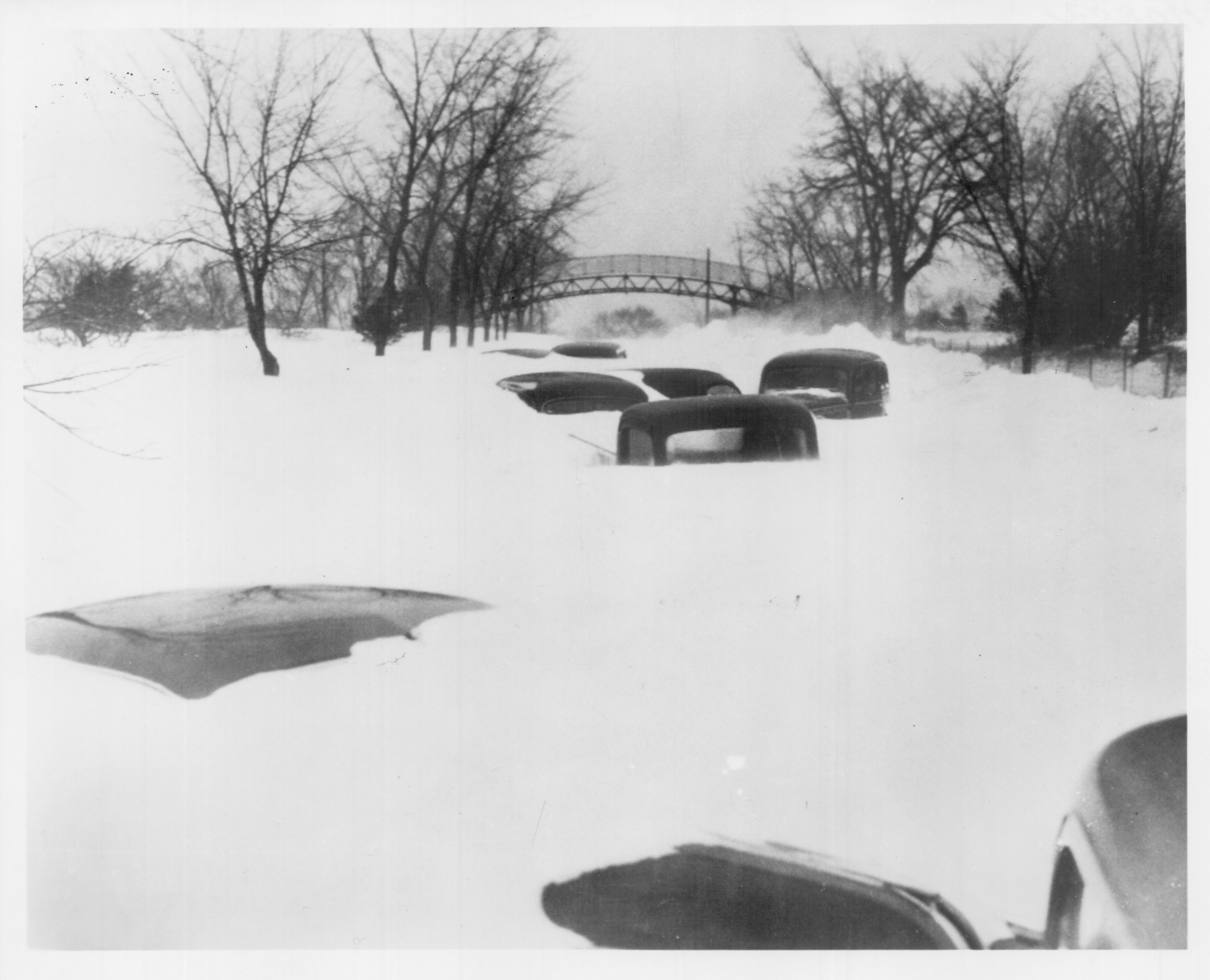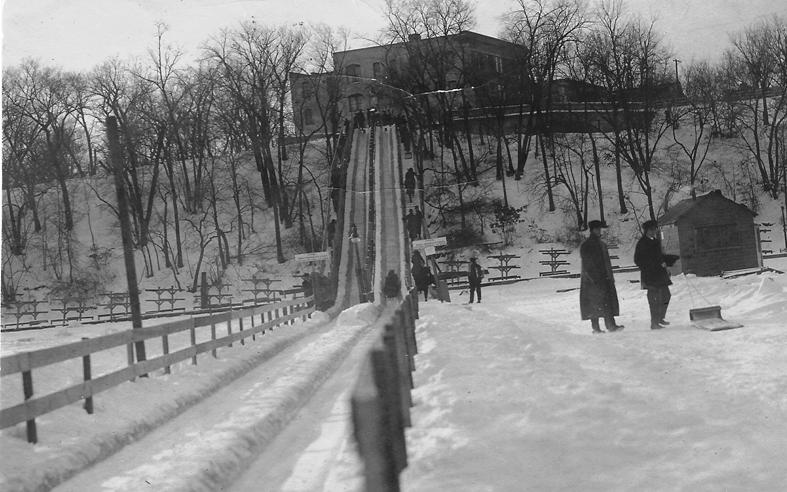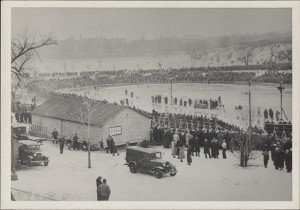Winter always seems to take Minnesotans by surprise. Yet this seasonal change is rarely as dramatic as it was in 1940, when the region was hit with one of the deadliest blizzards in history. On this day in 1940–on the holiday that was known as Armistice Day before World War II–Minnesotans experienced a storm that instantly became the stuff of legends.
Minneapolitan Samuel Hynes remembered that “blizzards aren’t anything special in Minnesota. I was used to waking in the morning to see my bedroom window blinded by driven snow, used to walking to school leaning into the stinging wind, my face wrapped in a scarf, eyes closed to slits, lashes crusted with rime.” But the storm that took shape on November 11, 1940 was something different, according to Hynes and everyone else. “Long after,” Hynes wrote, “folks talked about it: ‘Where were you in the Armistice Day Blizzard?’ And everybody remembered, just as they would remember where they were on Pearl Harbor Day.”
The day started rainy and dark. “By noon the rain had become sleet and the wind was rising and rattling the windows,” Hynes recounted his autobiography, The Growing Season, which chronicled his boyhood in south Minneapolis. “I couldn’t see the houses across the street.”
Hynes knew something extraordinary had happened when his father told him not to shovel the sidewallk because they were “snowed in.” “Snowed in!” Hynes marveled. “Like Scott at the South Pole!”
When the blizzard subsided, Hynes stumbled through waist-deep snowdrifts, making his way through a still and frozen landscape to reach a friend’s house on the other side of Chicago Field. There he sat, listening to the radio for storm news. Duck hunters had frozen in boats along the Mississippi River. Trains had crashed. Families had died in stalled cars. “In the city thousands of buses and cars were stalled and buried in drifts. Streetcars couldn’t run: at the Bottleneck on Lowry Hill they slid backwards downhill. Fire trucks couldn’t reach fires. Power lines were broken and telephone lines were down. Plateglass windows in downtown stores were shattered by the wind and lay on the snow in fragments, like shards of ice.”
These dispatches, Hynes observed, were like hearing war news: “terrible things had happened, but somewhere else, nothing to do with us, sitting warm and dry in the sunlight, drinking coffee. Something vast and powerful had swept through like a great army, leaving death and destruction behind, and had moved indifferently on.” The storm claimed 49 lives. Today the Minnesota State Climatology Office ranks it second on the list of significant weather events.
This photo from the Hennepin County Libraries Special Collections shows Excelsior Boulevard–where it bisects Minnekahda Golf Course– on the day after the storm. Cars were buried in 15 feet of snow, abandoned by their owners at the height of the blizzard.




